
How to foster my child’s musical skills at home
Key points: Turning your home into a musical environment positively influences a child’s cognitive, physical, linguistic, and social-emotional development. Experiment with various genres…
Discover the key milestones of physical, cognitive, linguistic and socio-affective child development and understand the science behind child development.
Discover the key milestones of physical, cognitive, linguistic and socio-affective child development and understand the science behind child development.

Key points: Turning your home into a musical environment positively influences a child’s cognitive, physical, linguistic, and social-emotional development. Experiment with various genres…

Key points: Children naturally respond to music from a very young age, showing movements and reactions as early as 9 to 11 months….
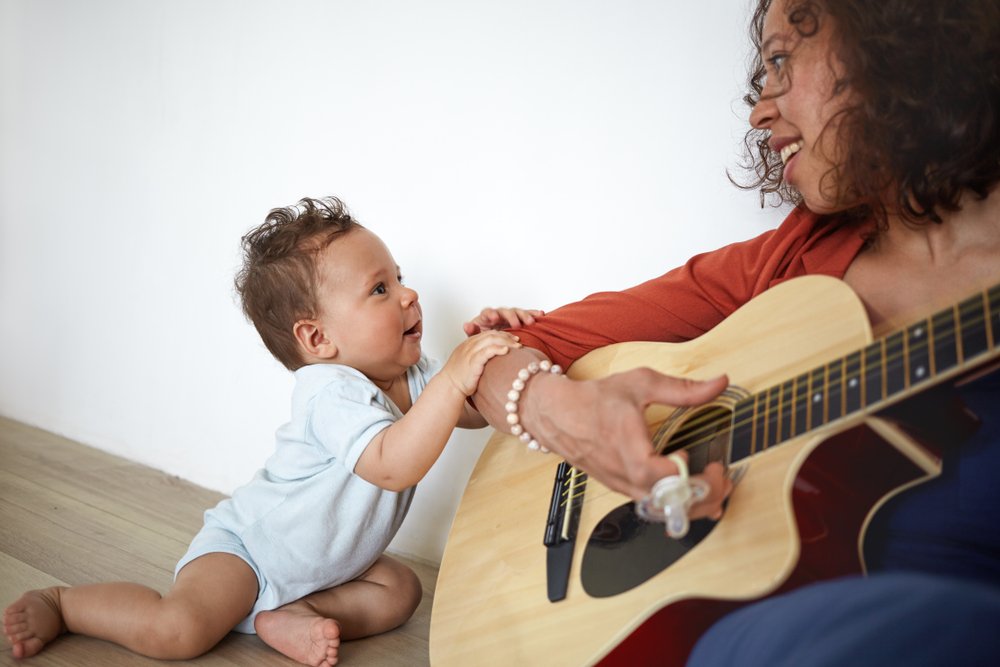
Key points:1. Music positively impacts brain development and learning motivation.2. Music enhances memory and cognitive functions in children.3. Musical activities activate thinking and…

Key points: Grandparents have an important role in a child’s development and can have measurable effects on each other’s psychological well-being. Grandparents are…

Key points: Children need cues and pauses to do the things we ask them to do. Music and obstacle courses are great ways…

Key points: Saying yes more often can help children be more tolerant of receiving no as an answer. The PART acronym (Present, Attuned,…

Key points:1. Music sparks joy, expression, and emotional learning in children.2. Musical interactions support toddlers in understanding and articulating emotions.3. Musical play fosters…

Key points:1. Secure attachment in early years is crucial for future emotional development.2. Positive environment fosters trust and self-awareness.3. Musical interactions promote understanding…

Key points:1. Music therapy can have significant positive effects on premature babies’ health and development.2. Music reduces stress levels and increases the production…

Key points:1. Music contributes to creating brain connections, enhancing cognitive development and communication skills in children.2. Music affects memory retrieval even in babies…

Key points:1. Scaffolding is a learning process in which adults provide support to children’s development, helping them connect existing knowledge to new skills.2….
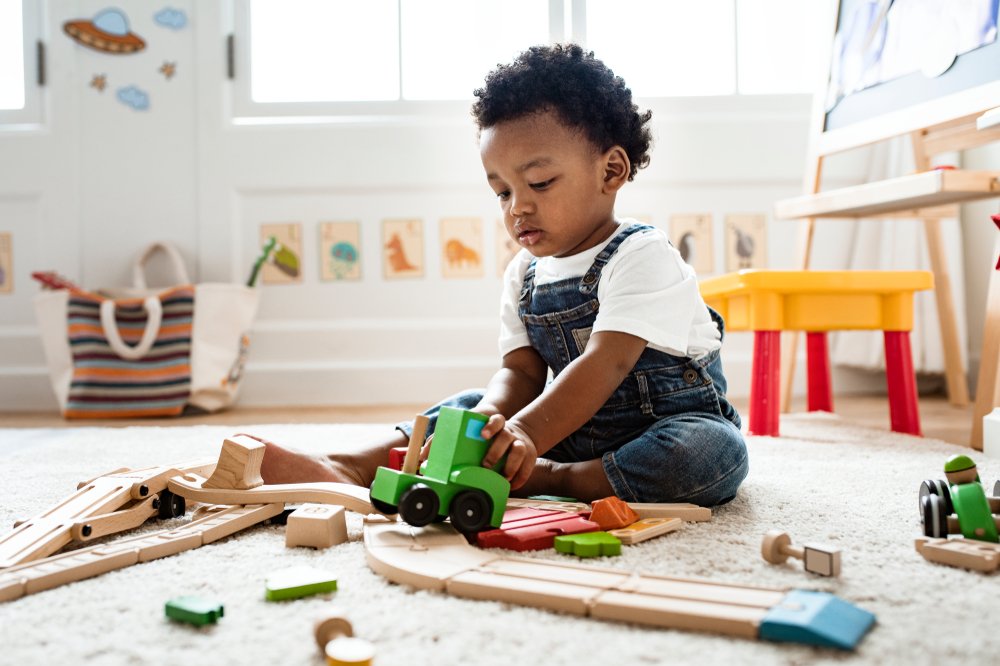
Key points:1. Play is vital for a child’s development, helping them learn, build relationships, and develop essential life skills.2. Toddlers can start learning…
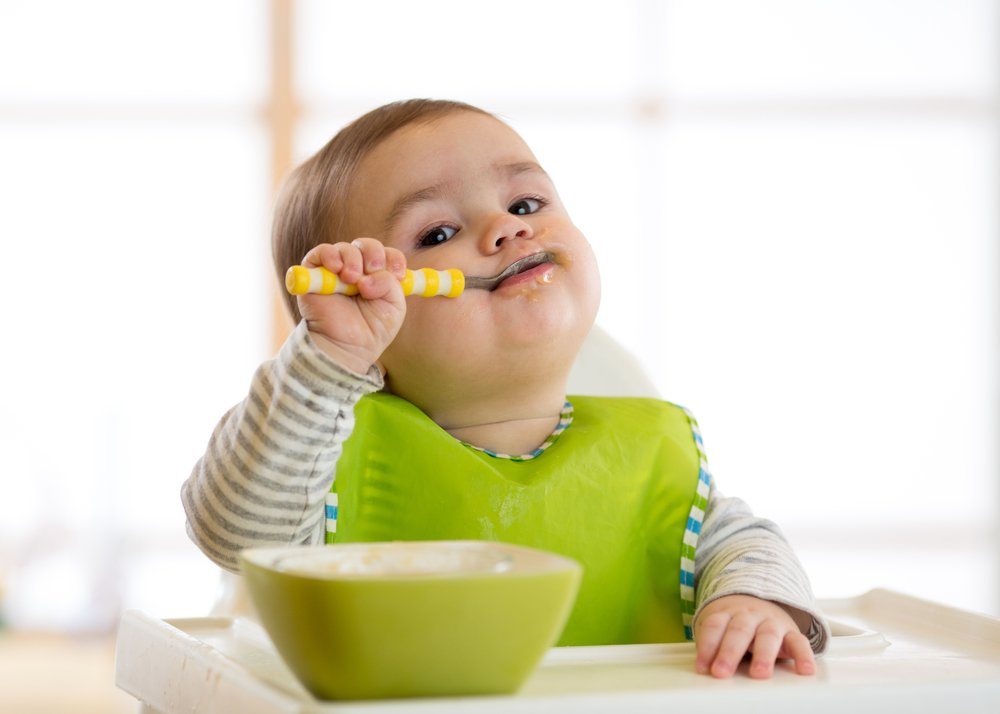
Key points:1. Between 8-12 months, expect your child to explore food and eating, which can be messy and playful.2. Encourage their independence and…

Key points: 1. Baby sign language encourages early communication. 2. It reduces frustration and supports language development. 3. Start with simple, meaningful signs…
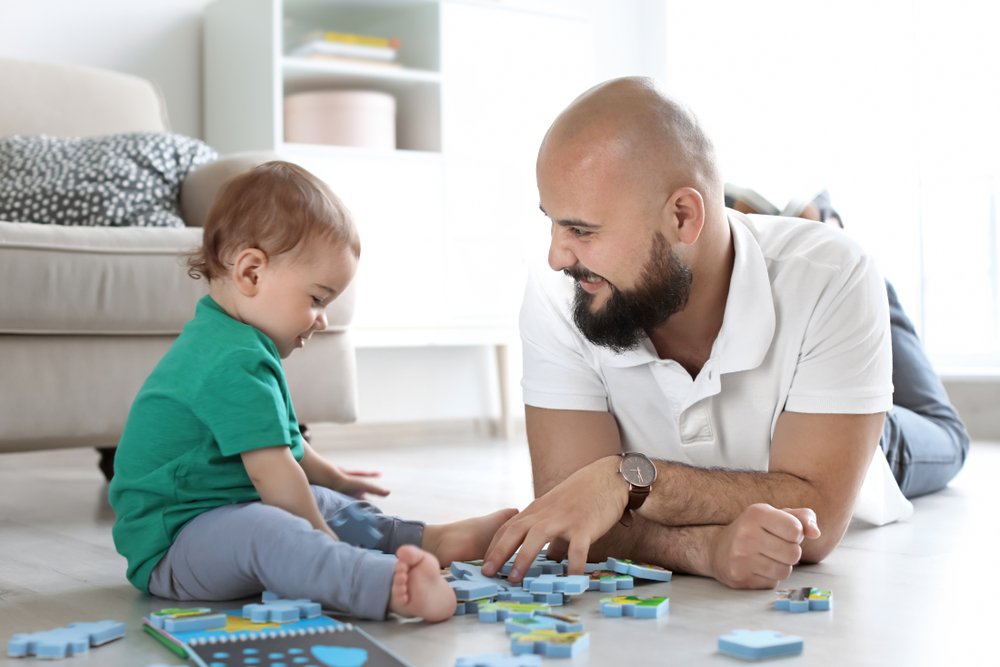
Key points:1. Children understand concepts like big and small and start grasping numbers and spatial prepositions.2. Gestures play a role in how children…

Key points:1. Babies start communicating through gestures around 5 months.2. Gestures facilitate learning by regulating children’s attention and providing conceptual information.3. Different types…

Key points:1. Children’s language development progresses in distinct stages during the first few years.2. Babies start with vowel and guttural sounds, then focus…
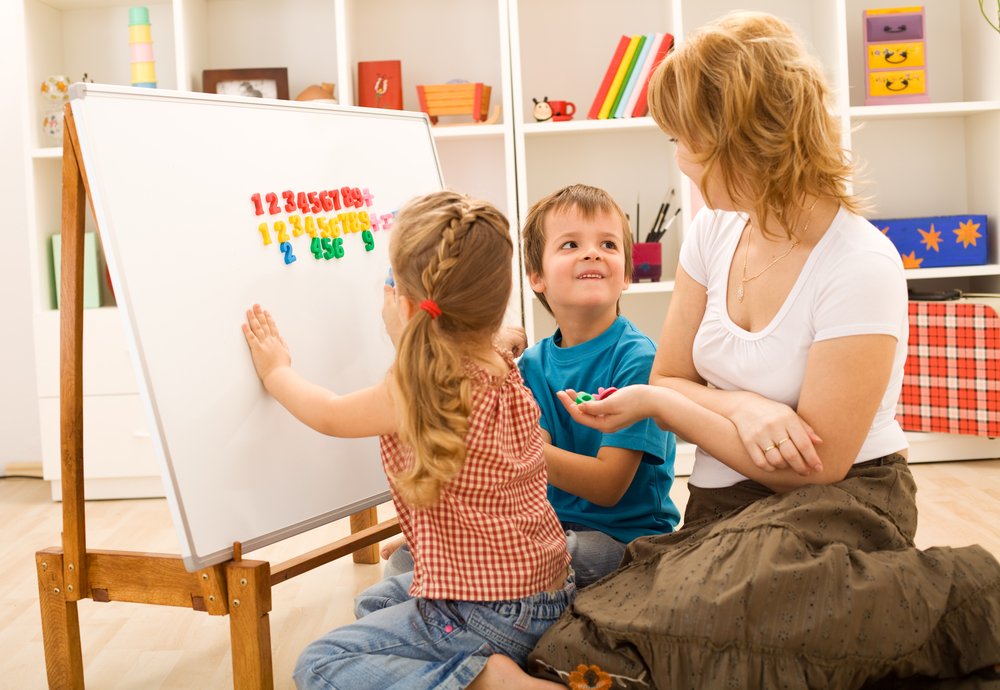
Key points: Mathematical concepts in young children develop through their daily play experiences. Around age two, children start distinguishing between small and big…
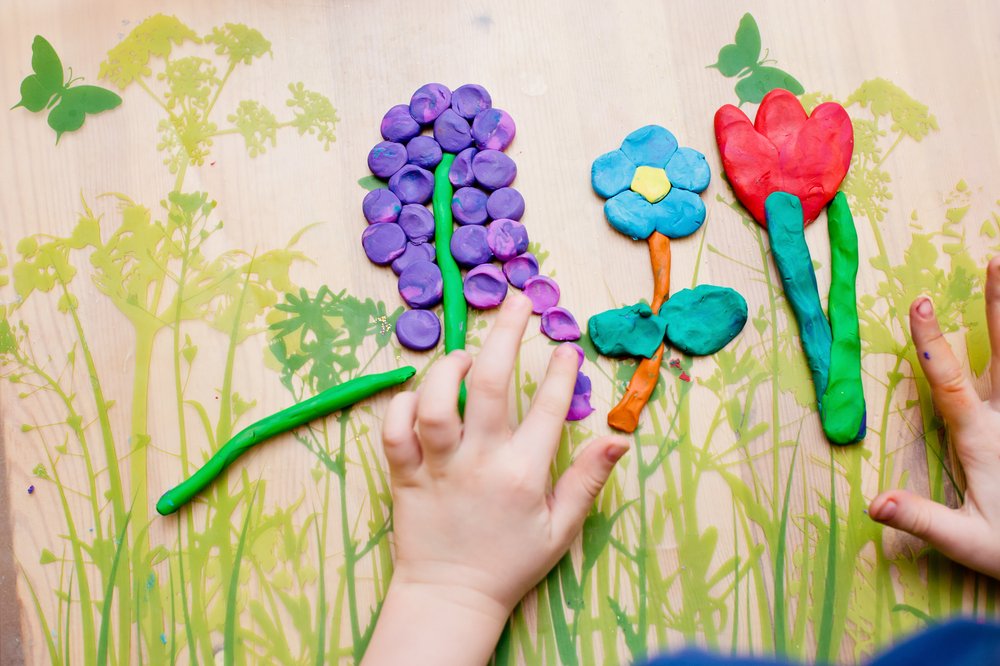
Key points: Hand preference or dominance emerges between 2 and 4 years of age in most children. Hand preference stabilizes at around 18…
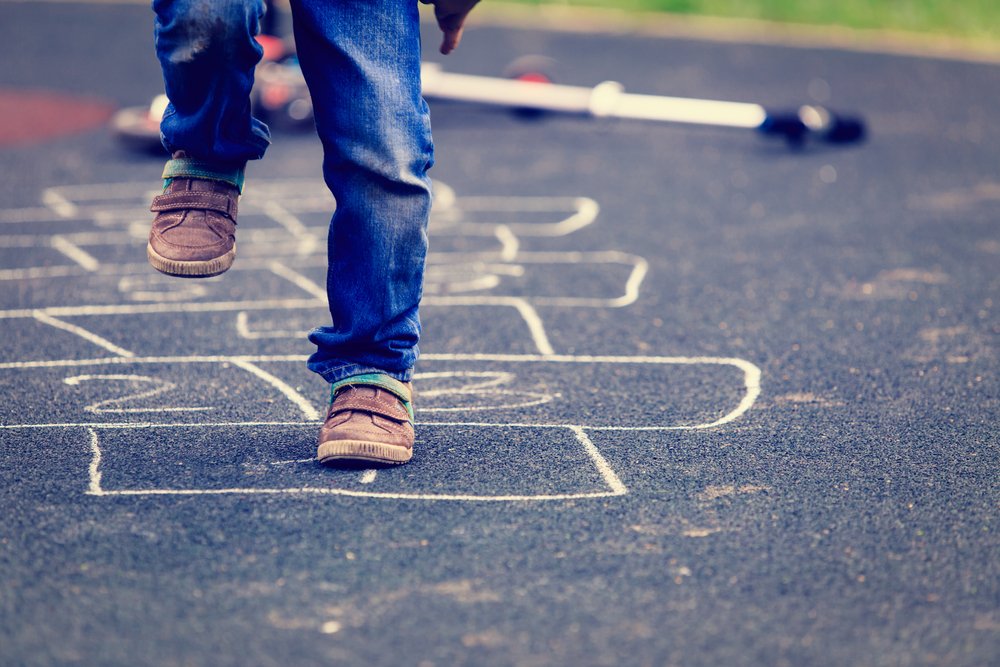
Key points: Physical development includes gross and fine motor skills, involving large and small muscle movements. Milestones like crawling and scribbling indicate your…
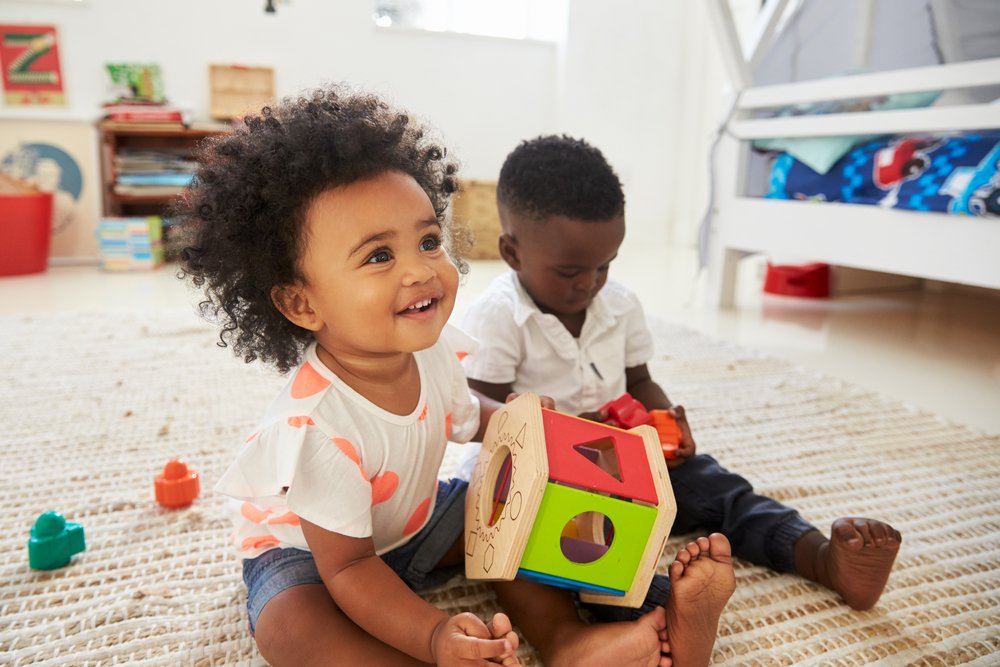
Key points: Object manipulation in early development is crucial for later language, communication, and gestural skills. Exploration of objects is linked to vocabulary…